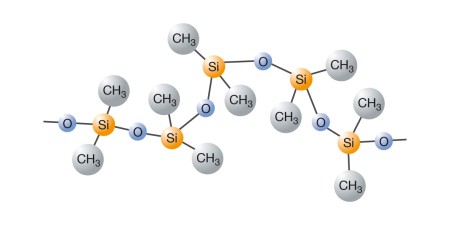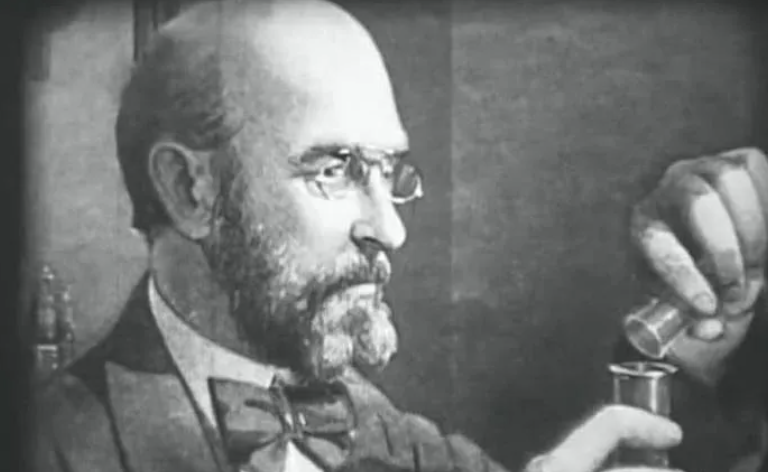The Evolution of Organosilicon Chemistry
Release Time: 2023-11-24 15:05:10
The Evolution of Organosilicon Chemistry

Cited from: https://www.wacker.com/cms/zh-cn/home/home.html
Cover Photo cited from: https://www.pexels.com/zh-cn/photo/6402532/
Organosilicon chemistry, a branch of chemistry that focuses on the study of compounds containing silicon-carbon bonds, has witnessed significant advancements since its inception. Organosilicon compounds are organometallic compounds containing carbon-silicon bonds. Organosilication is a science which studies its preparation and properties. Most organosilicon compounds are similar to ordinary organic compounds, colorless, flammable, hydrophobic, and stable to air.
1. Discovery of Organosilicon Compounds:
The first organosilicon compound, tetraethylsilane, was synthesized in 1863 by Alexander Butlerov. However, it was not until the early 20th century that researchers began to explore the potential applications of such compounds.

Cited from: https://uofa.ru/en/butlerov-aleksandr-mihailovich-otkrytiya-vydayushchiesya-dostizheniya/
2. Early Developments:
In the 1930s, Frederick Kipping made remarkable contributions to the field by synthesizing a wide range of organosilicon compounds and introducing the concept of "silicone." These compounds exhibited unique properties, such as high thermal stability, water repellency, and electrical insulation.
3. Silicones:
The development of silicones revolutionized various industries. In 1940, James Franklin Hyde discovered the process for producing silicone polymers, leading to the commercial production of silicone-based materials. Silicones found applications in diverse fields, including aerospace, automotive, electronics, and healthcare.
4. Organosilicon Reagents and Catalysts:
In the 1950s and 1960s, researchers focused on developing new organosilicon reagents and catalysts. Notably, Karl Ziegler and Giulio Natta's discovery of Ziegler-Natta catalysts revolutionized polymer synthesis by enabling the production of high-density polyethylene and other important plastics.
5. Silicon-Containing Polymers:
The 1970s witnessed significant advancements in the synthesis and characterization of silicon-containing polymers, such as polysiloxanes and polyorganosilazanes. These polymers exhibited unique properties and found applications in materials science, coatings, adhesives, and biomedical engineering.
6. Organosilicon in Medicinal Chemistry:
In recent decades, organosilicon compounds have gained attention in medicinal chemistry due to their potential as drug delivery systems and bioactive agents. Researchers have explored the use of organosilicon compounds in targeted drug delivery, imaging agents, and antimicrobial agents.
Conclusion:
The development of organosilicon chemistry has been a journey marked by significant discoveries and advancements. From the early synthesis of organosilicon compounds to the wide range of applications seen today, this field has transformed industries and opened up new possibilities in materials science, medicine, and beyond. As researchers continue to explore the potential of organosilicon compounds, we can expect further breakthroughs and innovations in the coming years.
